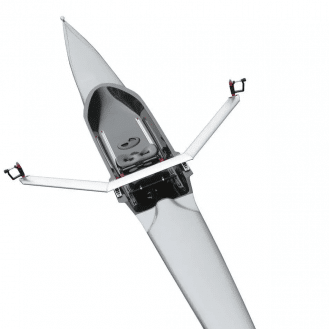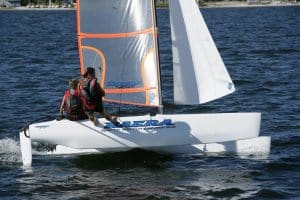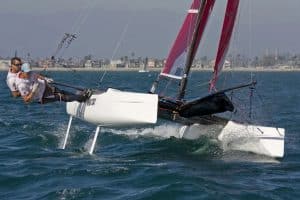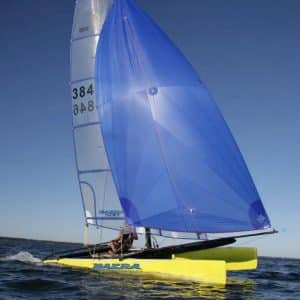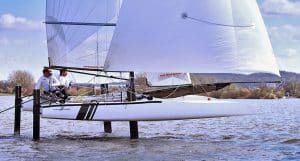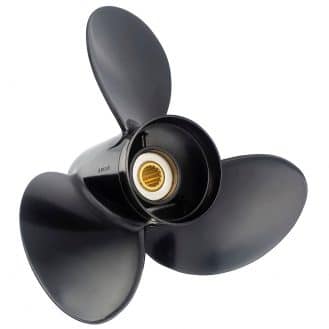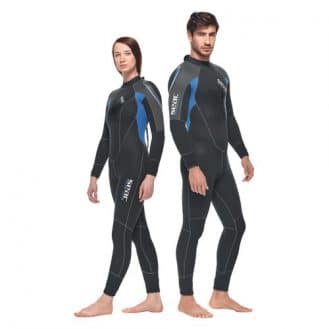Choosing a sport catamaran greatly depends on the intended use. There are three main options: recreation, regatta and sail-camping.
Recreation: Intended for a wide audience, children and beginner adults can enjoy this practice. Sport catamarans suited for recreation are fairly easy to use with basic sail settings and often no trapeze. They are often found for rent on beaches or lakes.
Regatta: Intended for experienced practitioners. These boats are used to race on courses marked by buoys or natural obstacles with the aim of going as fast as possible. They feature advanced adjustment systems allowing the sails to be adjusted as efficiently as possible and generally include a trapeze to increase the crew’s return torque. Finally, they are increasingly equipped with foils to further improve performance.
Sail-camping: This practice consists of sailing over several days along the coast and stopping at night on beaches. The sport catamaran is ideal for this because one can easily run aground and take advantage of the trampoline stretched between the hulls to set up a camping tent.
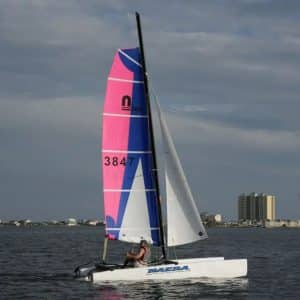
Nacra Sailing recreational sport catamaran

Laser Performance regatta sport catamaran
